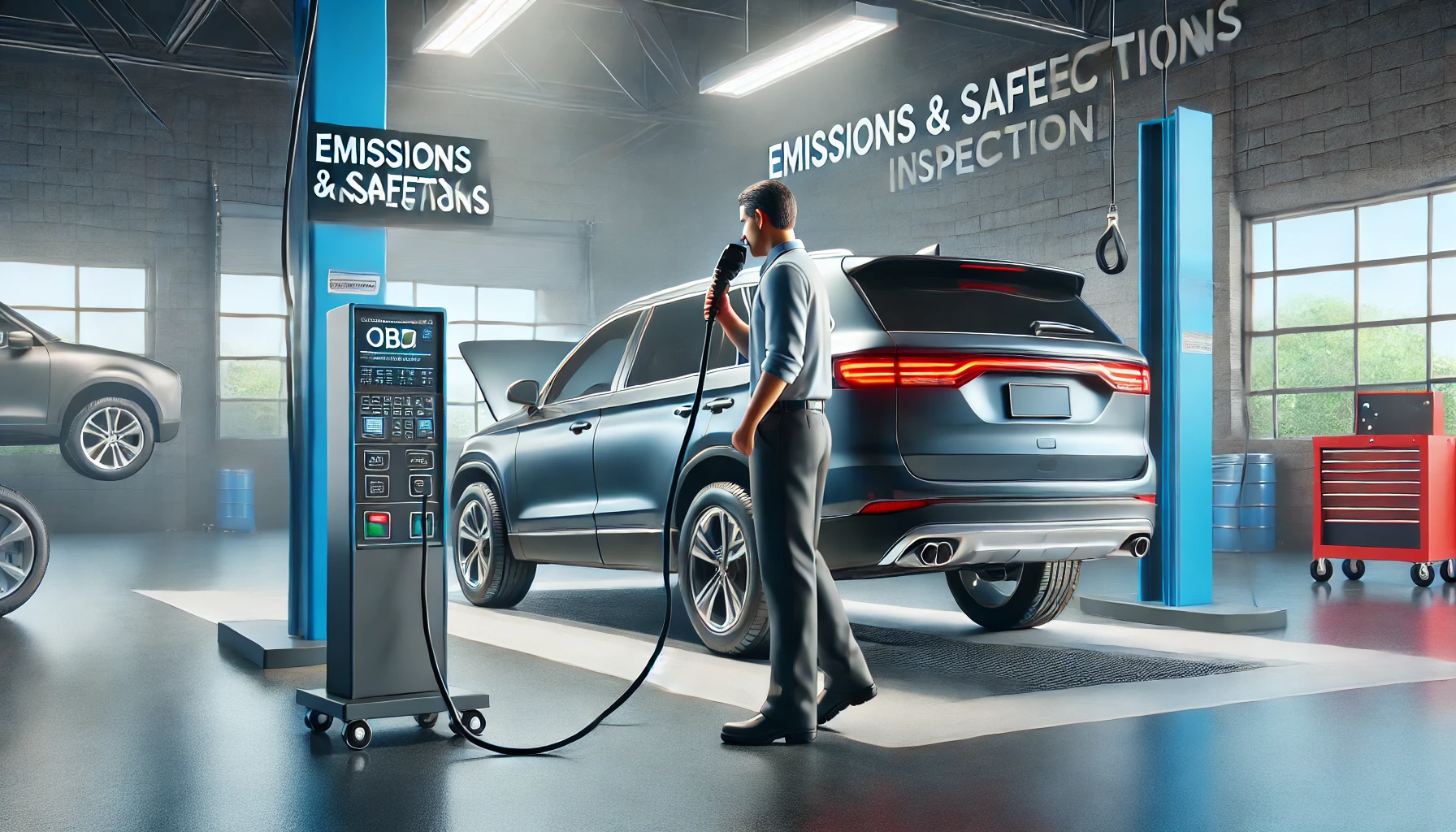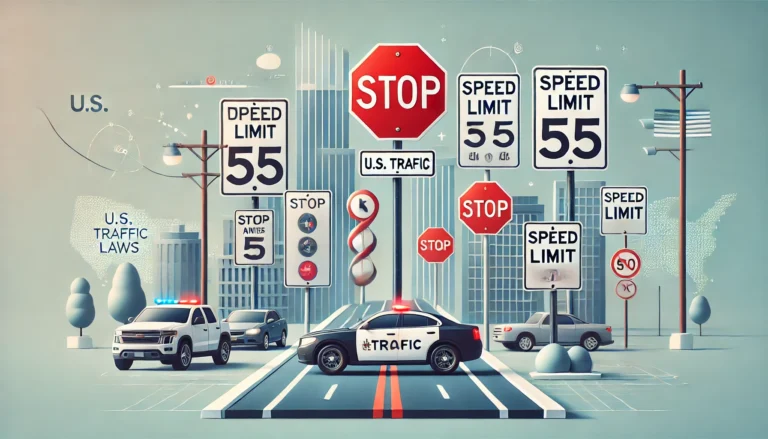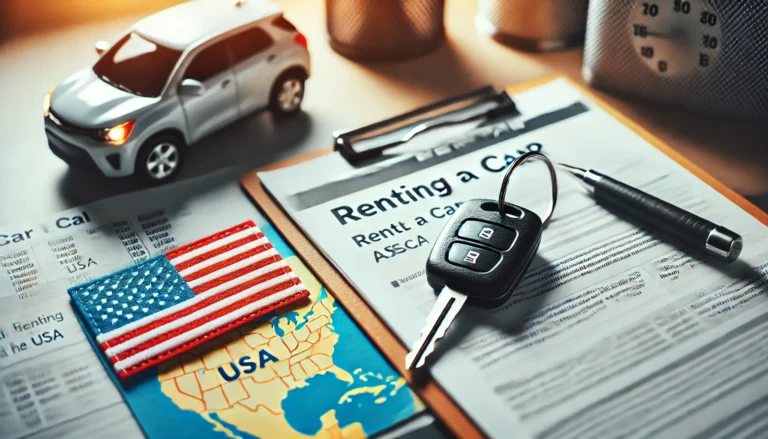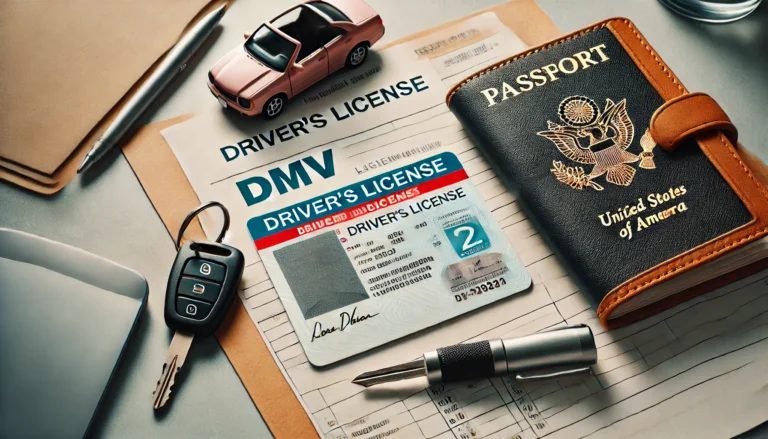Understanding Emissions and Safety Inspections for Vehicles
Emissions and safety inspections for vehicles are essential processes in the United States that help maintain air quality, ensure road safety, and keep vehicles in good working condition. Each state has specific requirements for inspections, which can include emissions, safety, or both. Here’s a guide to understanding these inspections, how they work, and what you need to know to comply with regulations in your area.
1. What Are Emissions Inspections?
Emissions inspections test a vehicle’s exhaust system to ensure it doesn’t release excessive pollutants that can harm the environment:
- Purpose: To control air pollution and ensure that vehicles meet environmental standards by reducing harmful emissions like carbon monoxide, nitrogen oxide, and hydrocarbons.
- Frequency: Emissions inspections are usually required every 1-2 years, depending on the state and vehicle type.
- Testing Process: During an emissions test, a technician may connect a diagnostic device to the car’s OBD-II port (On-Board Diagnostics) or measure tailpipe emissions to analyze exhaust gases.
Note: In states with high air pollution levels, emissions testing is stricter and more frequent.
2. What Are Safety Inspections?
Safety inspections check various parts of a vehicle to ensure they are functioning properly, reducing the risk of accidents due to mechanical issues:
- Purpose: To prevent accidents caused by vehicle malfunctions and ensure safe driving conditions.
- Frequency: Requirements vary by state, with some mandating annual inspections and others requiring them only during vehicle resale.
- Components Checked: Brakes, tires, lights, mirrors, seatbelts, horn, steering, and suspension systems are commonly inspected components.
Tip: Some states offer combined emissions and safety inspections, streamlining the process.
3. State-by-State Requirements for Inspections
The U.S. has no federal mandate for emissions or safety inspections, leaving states to set their own regulations:
- Emissions-Only: States like California, Connecticut, and New York require only emissions inspections in certain areas.
- Safety-Only: States like New Hampshire and Missouri primarily require safety inspections.
- Combined Requirements: States like Virginia, Texas, and North Carolina require both emissions and safety inspections.
Resources: Visit your state’s Department of Motor Vehicles (DMV) website to verify local inspection requirements.
4. Common Reasons for Failing an Emissions Inspection
Failing an emissions test often means the vehicle has issues affecting fuel efficiency or the exhaust system:
- Check Engine Light: A lit check engine light often results in a failed emissions test, as it indicates potential engine issues.
- Leaking Gas Cap: A loose or cracked gas cap can cause fuel vapors to escape, affecting emissions results.
- Faulty Oxygen Sensor: An O2 sensor that isn’t functioning correctly can result in excessive emissions and poor fuel efficiency.
- Catalytic Converter Issues: If the catalytic converter isn’t processing exhaust gases effectively, emissions will increase.
Tip: Perform regular maintenance, such as oil changes and filter replacements, to reduce the risk of emissions-related failures.
5. Steps to Pass a Safety Inspection
Safety inspections focus on the mechanical condition of the vehicle. Here’s how to prepare:
- Tires: Check for proper tread depth (usually at least 2/32 of an inch) and tire inflation.
- Brakes: Inspect brake pads and rotors for wear. Squeaking or grinding sounds indicate they need service.
- Lights: Test headlights, taillights, brake lights, and turn signals.
- Mirrors and Windows: Ensure mirrors are intact and free of cracks; windows should have no significant chips that impair vision.
- Windshield Wipers: Working wipers and sufficient wiper fluid are mandatory in most states.
Tip: Scheduling regular tune-ups can help identify and address safety issues before the inspection.
6. Cost of Inspections
The cost of inspections can vary based on state requirements and the type of inspection:
- Emissions Testing: Typically costs between $20 and $50, depending on the state and test complexity.
- Safety Inspection: Fees range from $10 to $40. Some states charge a single fee for combined emissions and safety inspections.
- Repair Costs: If your car fails, repair costs for emissions issues or safety defects can vary widely based on the severity of the issue.
Tip: Some repair shops offer discounts for repairs required to pass an inspection, so it’s worth inquiring about discounts if you need repairs.
7. What to Do if Your Vehicle Fails an Inspection
If your car doesn’t pass an emissions or safety inspection, you may have options to bring it up to compliance:
- Identify Required Repairs: After an inspection, you’ll receive a report detailing the issues. Take this report to a certified mechanic to get the necessary repairs.
- Reinspection: Many states allow you to retest your vehicle for free or at a reduced fee within a specific timeframe after failing.
- Waivers: In some states, if you’ve spent a certain amount on emissions-related repairs but still fail, you may qualify for a waiver.
Tip: Check with your DMV to see if waivers or extensions are available in your state for vehicles that require costly repairs.
8. Exemptions and Extensions
Some vehicles and drivers qualify for exemptions or extensions, especially for emissions testing:
- Vehicle Age: In some states, cars under a certain age (e.g., three years) or those considered “classic” (e.g., 25 years or older) may be exempt.
- Electric Vehicles: Most fully electric vehicles are exempt from emissions testing as they produce no exhaust.
- Temporary Extensions: If you’re out of state at the time of renewal or inspection, you may qualify for an extension.
Tip: Check for local exemptions and extensions, especially if you own an electric vehicle or are a member of the military stationed outside your home state.
9. Keeping Your Vehicle Inspection-Ready
Regular maintenance is key to ensuring your vehicle is always inspection-ready:
- Routine Check-Ups: Regularly check fluid levels, brakes, tires, and lights.
- Address Engine Lights: Resolve any issues indicated by the check engine light as soon as possible.
- Use Quality Fuel: High-quality fuel can help maintain engine performance and reduce emissions.
- Schedule Regular Tune-Ups: Preventative maintenance keeps your car performing well and minimizes unexpected repairs.
Tip: Following the manufacturer’s recommended maintenance schedule can prevent many issues that lead to inspection failures.
Conclusion
Understanding emissions and safety inspections for vehicles in the U.S. is essential for maintaining legal compliance, safety, and environmental responsibility. Whether you’re due for an inspection soon or want to stay prepared, familiarizing yourself with your state’s requirements, performing regular maintenance, and promptly addressing any issues are key to keeping your vehicle in top condition.







